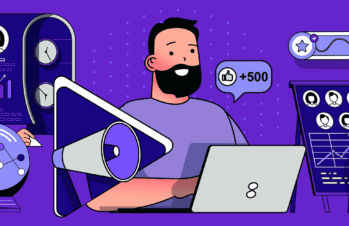Running a B2B ecommerce store is a complex undertaking—much more complex than B2C.
Clients expect more customization and options than B2C customers typically do.
The differences between products are often quite nuanced.
Payment methods are varied, with some clients operating on a pay-when-you-buy model, and others requiring formal invoicing.
In addition, many B2B sites rely on inbound leads, meaning that site optimization is key.
So how can make sure that your B2B ecommerce site is hitting all these important points? Well, it always helps to look at some of the best in the biz—and here are 21 examples of excellent B2B ecommerce sites to give you a boost!
GE
General Electric is a truly massive company, and as such, they maintain different platforms for their different industries. Water, Power, Mining, Aviation—the list goes on.
With such a huge product catalog and so many industries they serve, creating an easy-to-use B2B ecommerce platform is extremely challenging. One important element they’ve incorporated is an alphabetical product catalog, which allows users to search for exactly what they need, or browse the products in a clutter-free, easy-to-read interface.
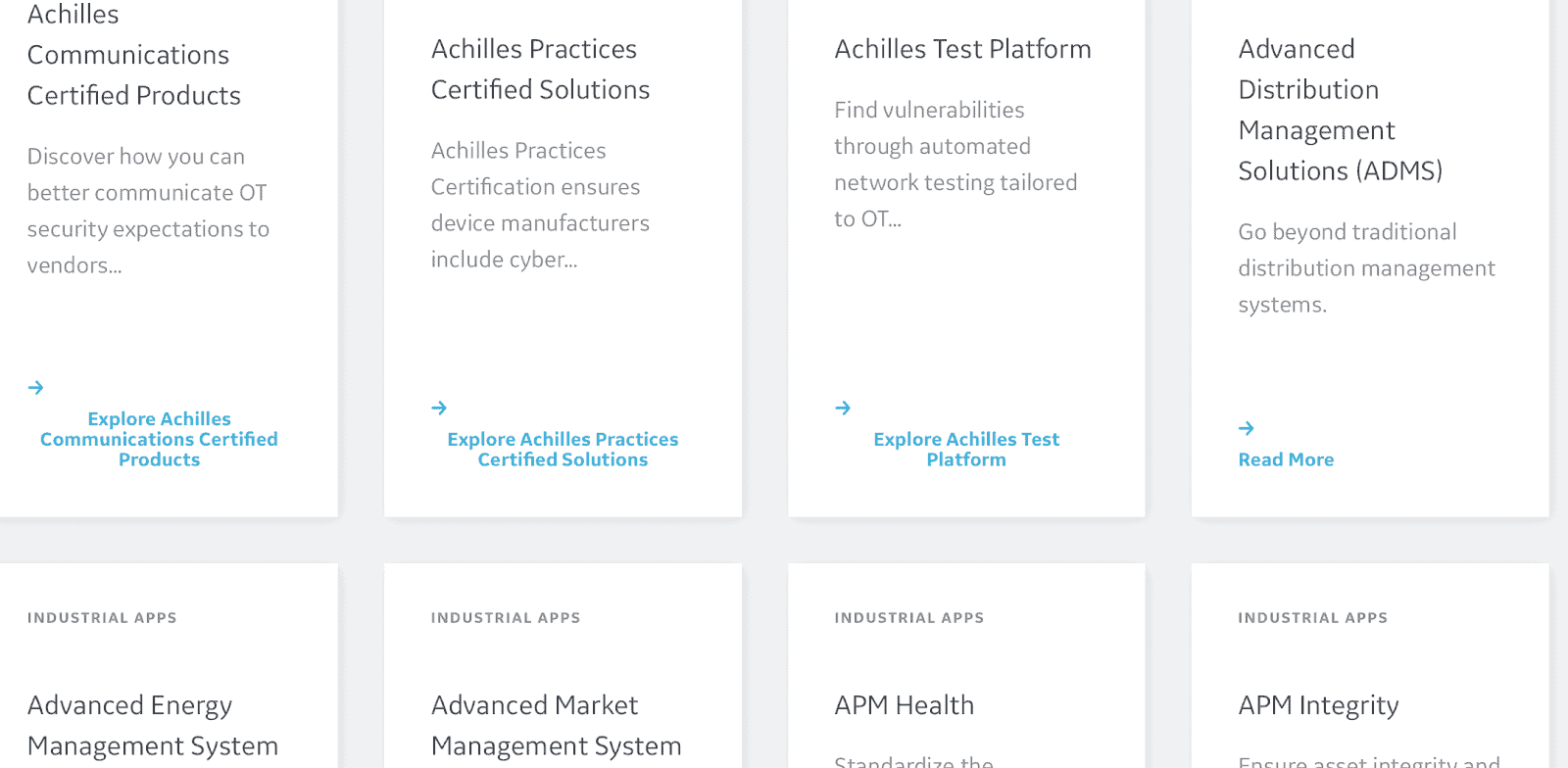
Source: GE Digital
Takeaway: Images and high interactivity can be helpful, but B2B customers also want to be able to easily locate the product they need, without having to scroll through a bunch of images. Consider including both options on your site: a highly produced landing page for product categories, with a clutter-free index or catalog users can search through as well.
Flexfire LEDs
Here’s something important about B2B ecommerce that often gets overlooked: You don’t have to have a separate B2B ecommerce site if you sell to both B2C and B2B.
That’s right. If you have customers in both groups who essentially buy the same products, why make things harder by building a totally separate site for your B2B clients?
Flexfire LEDs offers one great example of how to sell to both groups on one platform. Although 80 percent of their revenue comes from B2B, their platform works for both consumers and businesses.

Source: Flexfire LEDs
Takeaway: If you sell to both B2C and B2B, consider merging your B2B sales onto your existing B2C platform, simply by adding a section for B2B onto the site.
Cisco
Cisco, which sells office technology, has a huge product catalog like GE, and most of the products are highly technical.
Considering that not every B2B buyer is going to know they need to search for “DNA Analytics and Assurance” if they want to improve their network, Cisco includes an “I Need to…” section where users can look for the problem they want to solve before selecting products that match that need.
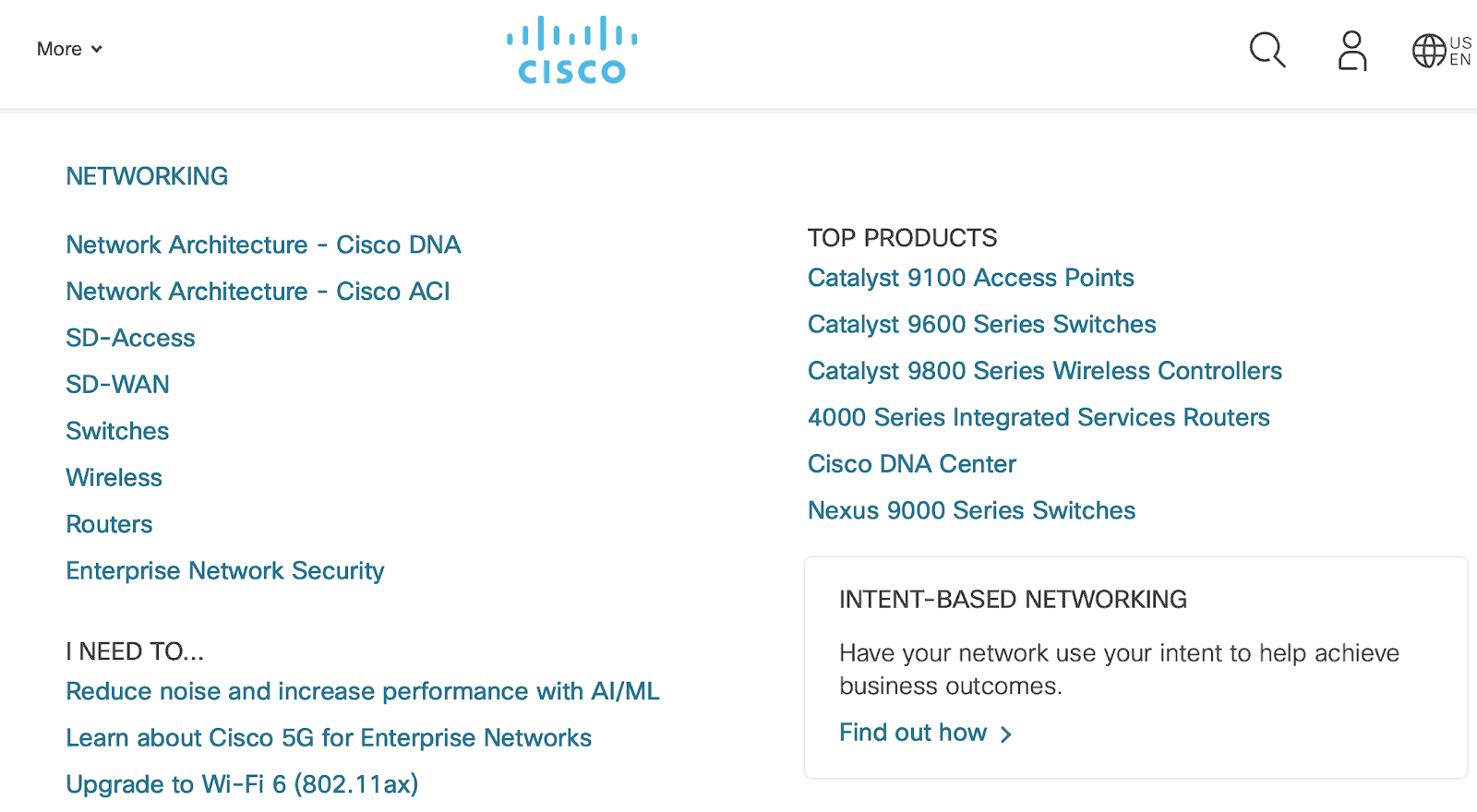
Source: Cisco
This kind of “translation” can demystify your products and brand, and help create trust between you and your clients. Younger or newer B2B buyers will appreciate the assistance, especially if it’s offered up front on your site without having to go through a sales rep.
Takeaway: If your products are complex or there is a high barrier to understanding, break down the way you present them into problems and solutions.
Prairie Moon Nursery
This B2B nursery provides native seeds and plants to retailers, but you wouldn’t know it just from looking at their website.
Filled with beautiful images and emotional storytelling, Prairie Moon Nursery looks like a B2C site—which is part of how they’ve become one of the largest suppliers for plant retailers in the nation.
Helpful categories like “Natives for Sun,” “Natives for Shade,” and “Pollinator Favorites” make it easy for users to find what they need, while a simple Add to Cart button on each product allows for fast and easy shopping.
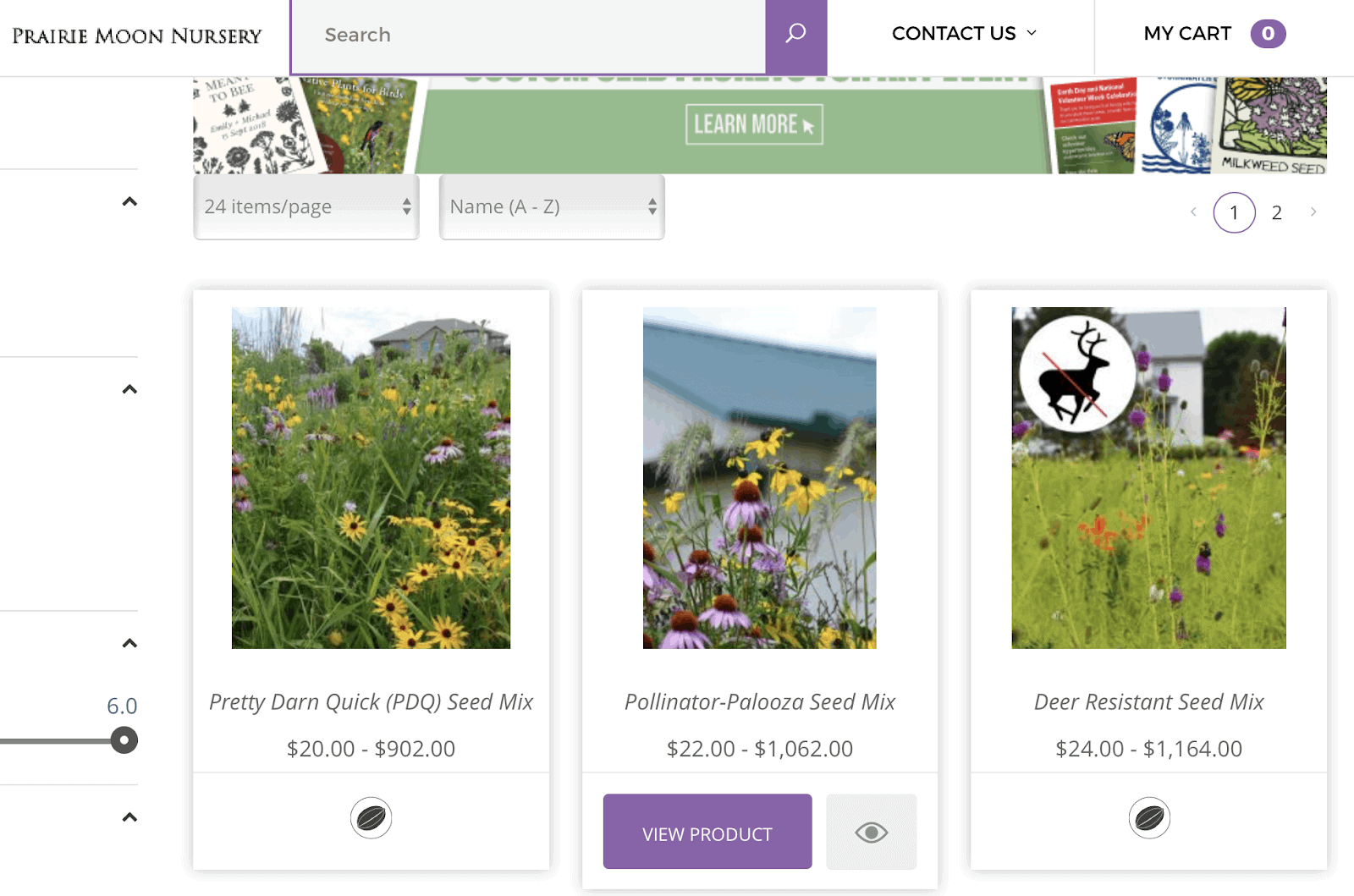
Source: Prairie Moon Nursery
Takeaway: Make your B2B ecommerce site look and feel as much like a B2C one as possible.
Selini NY
This wholesale fashion supplier Selini NY created a site that looks very B2C—with rotating banners, colorful images, and Quick View options for every product—with one important difference.
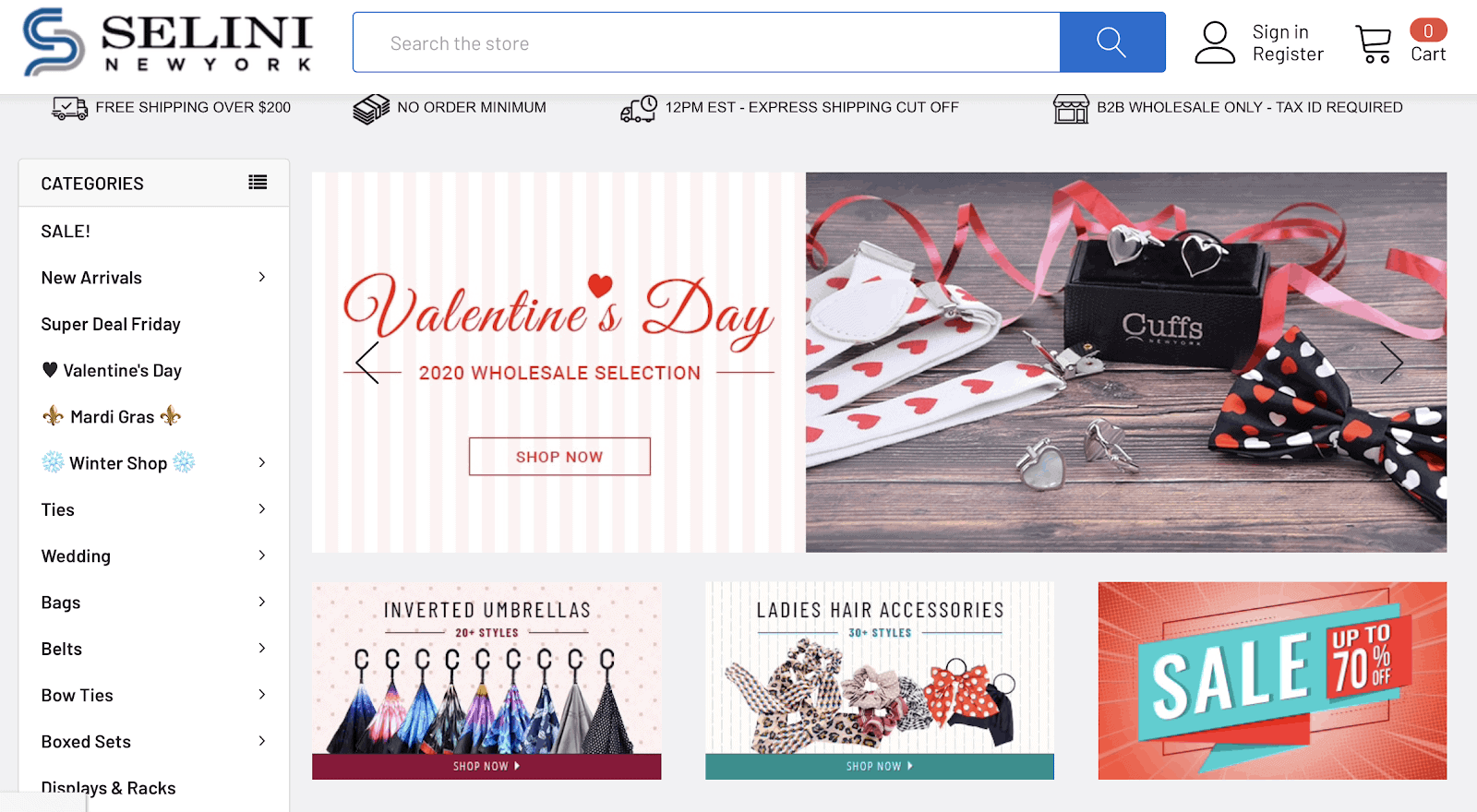
Source: Selini NY
Pricing is locked for customers until they log in or create an account. While this isn’t the right choice for all B2B brands, for something like fashion wholesale, it makes a lot of sense. This is especially true because Selini’s account creation is easy and quick, requiring only a tax ID number in addition to basic personal information like name and email.
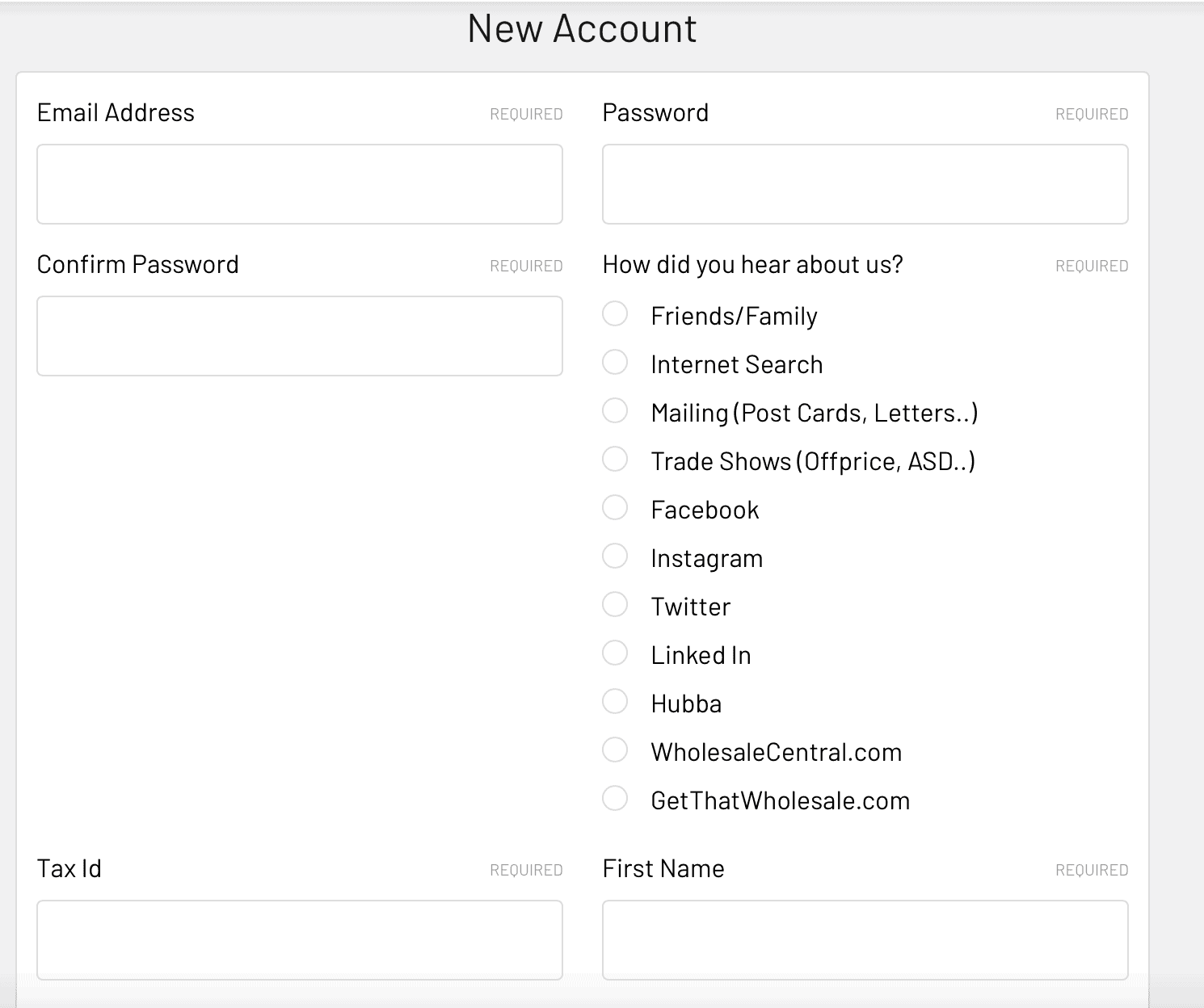
Source: Selini NY
Finally, the brand makes it easy to order by having no minimum order amounts and free shipping over $200.
Takeaway: If you’re going to require clients to sign up to see pricing or other pertinent information, ensure that the process is quick and easy, and offer perks to entice the client to register.
RapidMiner
RapidMiner incorporated a chatbot into their site to facilitate quick, seamless interactions with customers.
Chatbots are a fast-growing method of interacting with customers more quickly and efficiently, especially in the B2B arena.
This is in response to the increasing demand for shorter response times from brands. As technology has matured and B2B brands have expanded into what used to be B2C territory, like social media, B2B clients have come to expect the same rapid response as B2C customers.
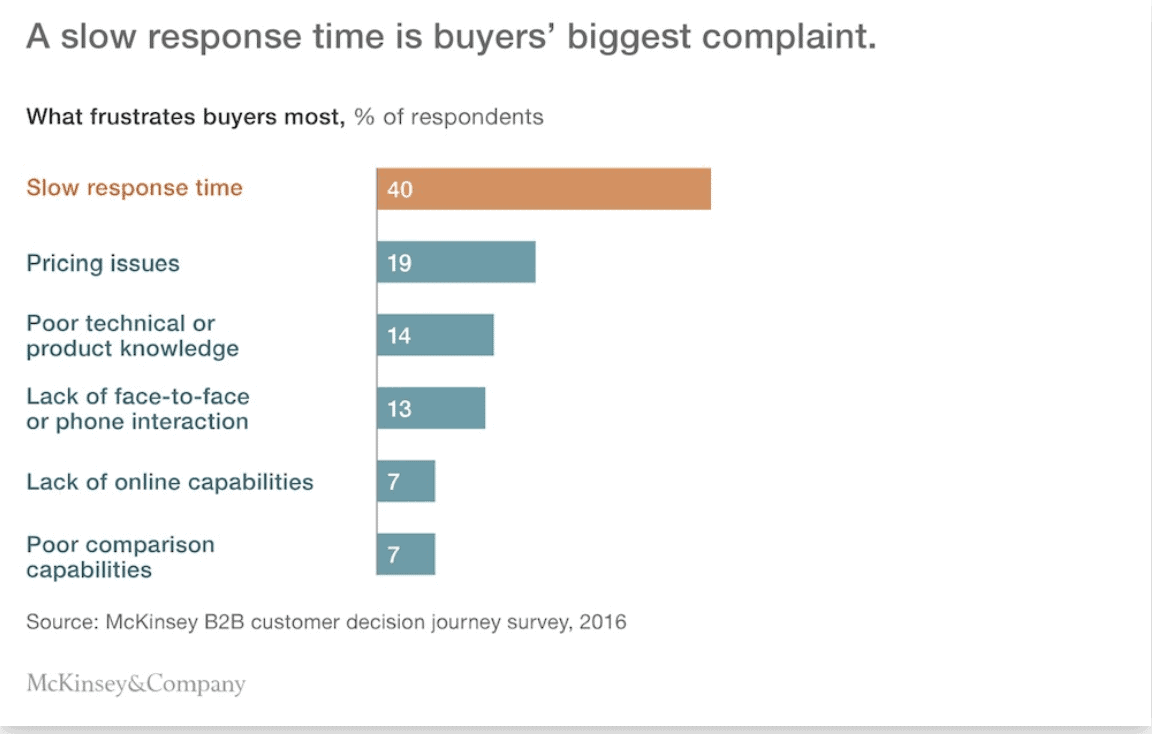
Source: McKinsey & Company
RapidMiner, a data science platform for teams, uses a chatbot (“Marla”) to ask customers a couple of key questions before transferring the conversation to one of their human service reps.
This not only ensures the customer is able to talk with a rep as soon as they want or expect to, but also that the human rep that does speak with them will have key points of information to serve them in the best possible way.
Takeaway: Incorporate a chatbot, but do so with the mindset of assisting your human sales reps—not replacing them.
Vidyard
Vidyard, a video hosting platform for businesses, takes personalization to a whole new level with personalized videos for individual clients.
As discussed in this Hubspot blog post, Vidyard will create videos specifically for clients or potential clients—and not just by using the client’s name. The person creating the video even referenced the conversation he and his colleagues had had with Hubspot personnel, showing that the script is unique for each of these creations.

Source: Hubspot
Watch the video here.
Of course, a personalized video won’t work for every brand. The important thing isn’t the format, but the personalization itself.
Token attempts, like inserting a client’s name into the greeting of an email, don’t cut it. Instead, consider using tools that allow you to serve up products and services your customer is likely to be interested in, similar to how B2C ecommerce finds products that customers would be more likely to buy based on past purchases.
Takeaway: Personalized content is powerful in any B2B marketing scenario, and ecommerce is no different. Take every opportunity to personalize the items your customers see when they log in to your store, as well as suggested services or products.
Spectrum Audio
One of the biggest “obstacles” we hear B2B clients discuss regarding is ecommerce is the need for customized products, services, and custom quotes.
Often, B2B leaders assume that ecommerce isn’t suitable for businesses that do a lot of custom work. However, using tools like QuoteNinja and others, B2B businesses can create options for customers to request quotes quickly and easily.
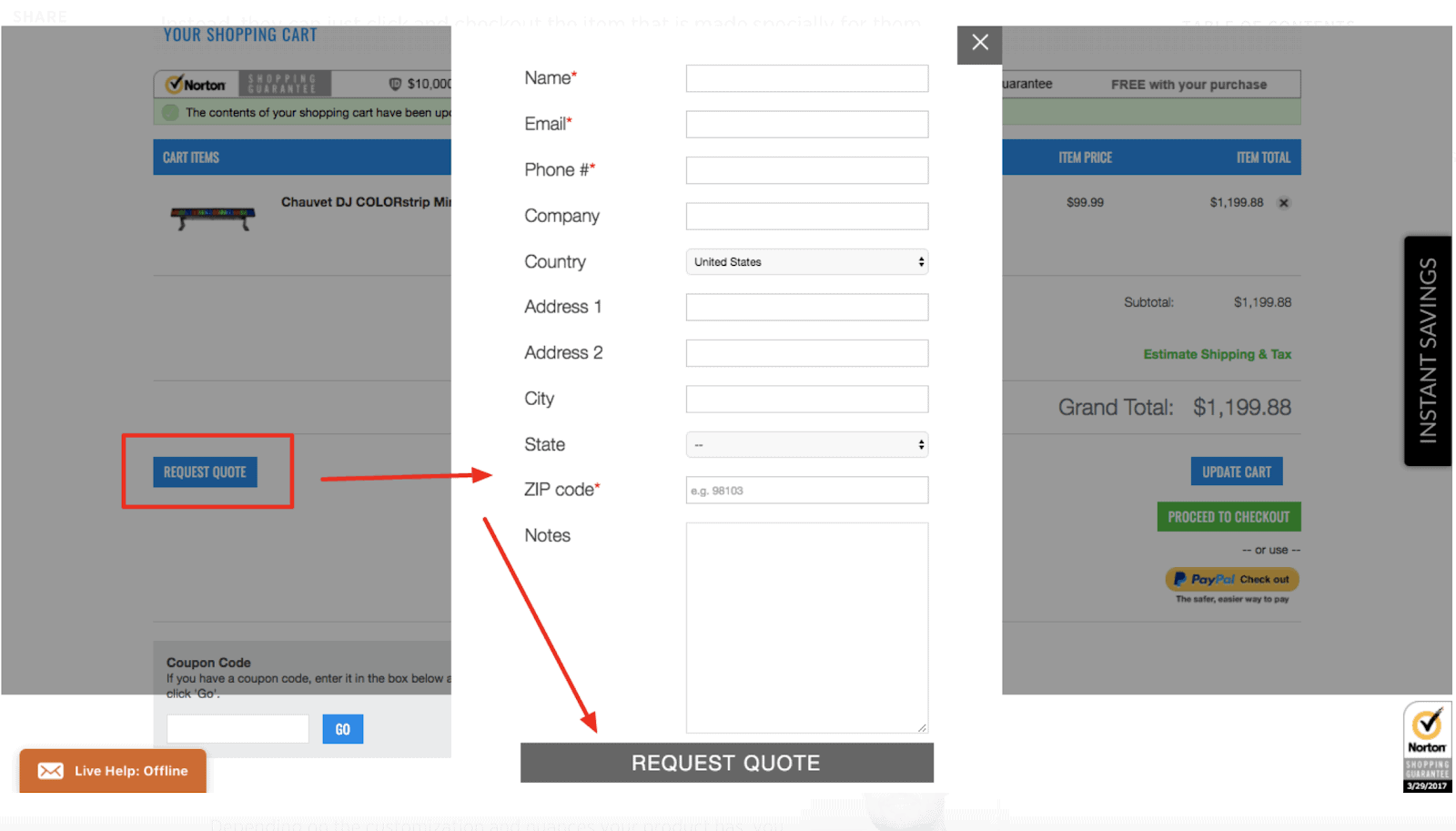
Source: Bigcommerce
Takeaway: Don’t be put off by the need for custom quotes or products. You may need a specialized tool, but it’s possible to work that capability into your ecommerce platform.
BAUHAUS
This German home and garden company launched a B2B ecommerce platform in Sweden back in 2014, and from the get-go, they spared no effort to make the ordering process as simple, streamlined, and easy as possible.
To serve their B2B clients, who were often making large, high-volume purchases, BAUHAUS implemented order, account, and credit management systems, as well as an e-sign platform to bring as much of the ordering and approvals process as possible online.
However, they didn’t just focus on the site’s commerce functions. They also implemented engaging content like how-to videos and product content to entice users to the site, and make their time their enjoyable—not just productive.
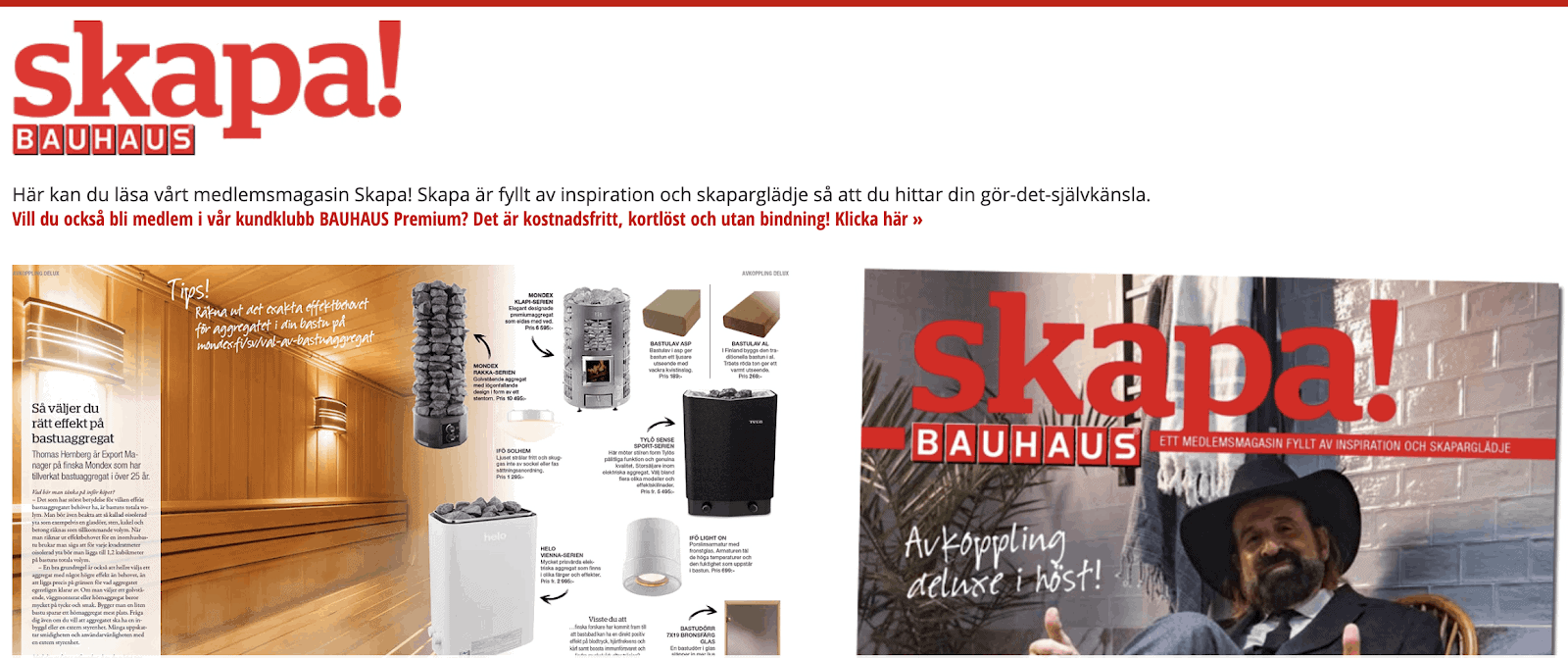
Source: Bauhaus.se
Takeaway: As important as functionality is to B2B ecommerce sites, don’t neglect the fun stuff. Engaging content in a variety of formats can help you keep customers on your site longer, which can encourage both larger and repeat orders.
B2B ecommerce sites are only now really catching on to the importance of offering a seamless, enjoyable customer experience for their clients.
Until recently, most B2B ecommerce sites were fairly bare-bones, if they existed at all.
But as more and more B2B buyers come to expect the same kind of customer experience that they get with their favorite B2C brand from B2B, brands are learning that the only way to stay relevant is to create more robust ecommerce experiences.
Need some help transforming your B2B ecommerce site? Drop us a line! We’d love to put our SAM Method to work for your brand.






